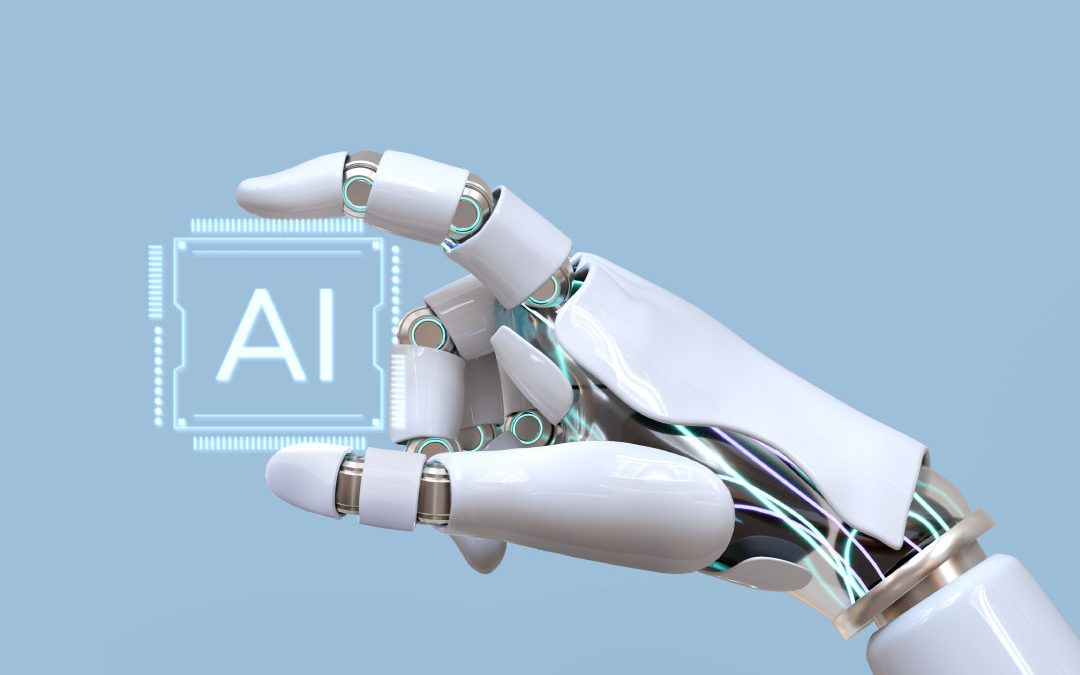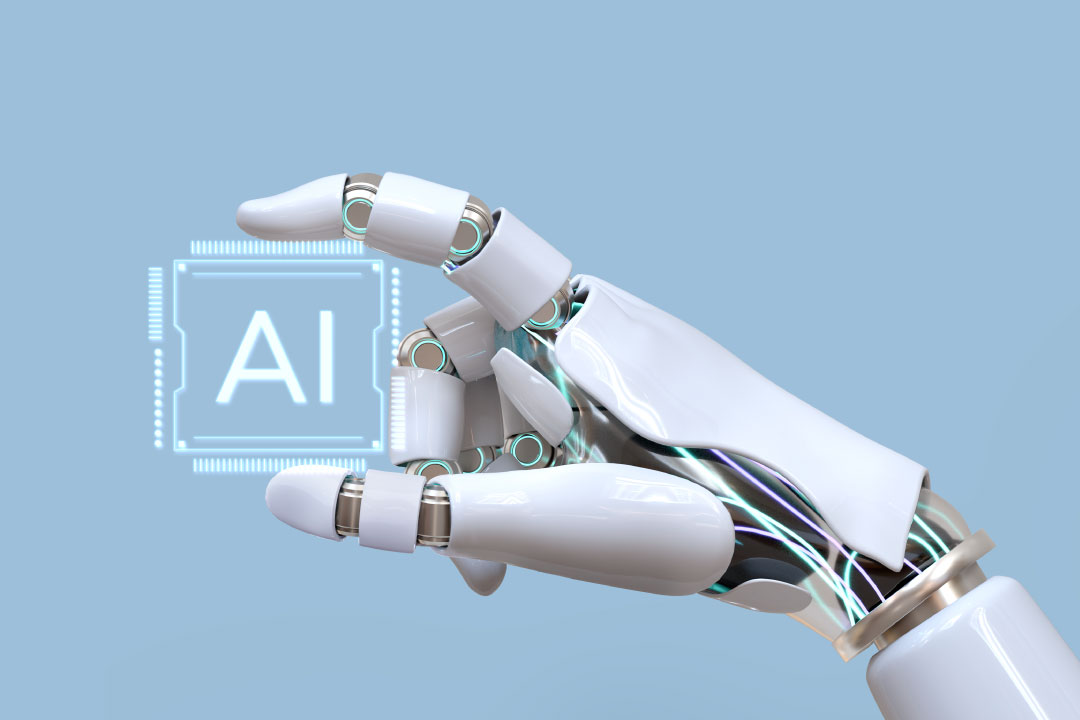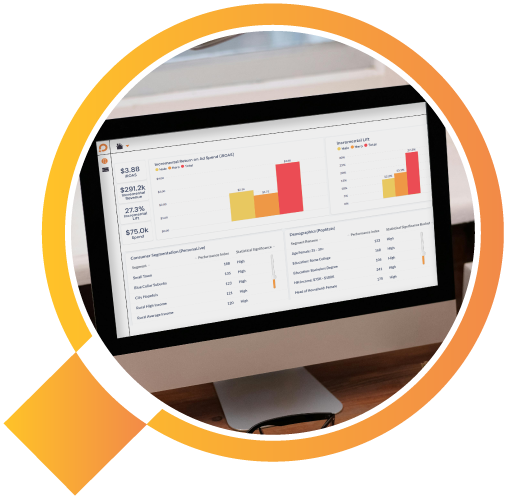
How Machine Learning Is Making Marketing More Measurable

How Machine Learning Is Making Marketing More Measurable
 By Rikki Marler
By Rikki MarlerThe Problem with Traditional Marketing Measurement.
For decades, marketers have relied on fragmented metrics like last-click attribution or self-reported dashboards. They measured impressions, clicks, or linear spend—and built strategies on sand. But today’s multichannel, cookieless, fragmented landscape demands something far more robust.
That’s where machine learning comes in.
Why Machine Learning Is a Measurement Game-Changer.
1. Widespread Adoption & Competitive Edge
94% of organizations now use AI to prepare or execute marketing campaigns, and 88% of marketers rely on AI in their daily roles.
Among enterprises, 57% are actively deploying AI-based solutions. This isn’t just futuristic—it’s table stakes.
2. Real-Time Campaign Performance
ML-powered attribution shifts your view from “what happened” to “what caused it.” Beyond backward-looking MMM, AI-driven measurement offers continuous, same-day insights, enabling budget shifts mid-flight.
3. Predictive ROI and Media Mix Modeling
In retail, ML-enhanced MMM can forecast outcomes of spend changes and suggest optimal allocative shifts.
It identifies non-linear channel interactions, diminishing returns, and cross-channel lift—things simple models can’t see.

4. Causal Lift and Incrementality at Scale
Causal machine learning (e.g., uplift models) is enabling actionable insights like: “Which coupon codes drive real incremental sales across segments?” Modern systems can isolate true lift even without real-world holdouts—essential in today’s privacy-first era.
Real-World Data That Validates the Shift.
Retailers using AI saw annual profit growth of ~8% compared to peers who didn’t. Nearly half of all businesses (48%) actively use ML/AI tools to maintain data accuracy.
61% of marketers now rate AI as the most critical component of their data strategy. These aren’t wild forecasts—they’re proof that machine learning works in marketing measurement.
What This Looks Like in Practice.
1. Unified Incrementality Measurement
Instead of trusting siloed platform ROAS, machine learning evaluates how each channel contributes lift, normalizing spend, seasonality, and cross-retailer dynamics.
2. Predictive Channel Allocation
You can simulate budget shifts: “What if we move €100K from Facebook to CTV this quarter?” ML predicts ROI based on historical patterns.
3. Continuous Trend Tracking
Forget monthly reviews—ML alerts marketing teams in real time when a campaign loses traction or a new “best channel” emerges.
4. Personalization & Behavioral Targeting
ML-based engines dynamically adapt messaging to user behaviors or segments, boosting relevance and conversion.
The Academic Layer: What the Research Shows.
Causal ML identifies which coupons truly increase demand—and for which audiences. Neural network models for conversion prediction accurately forecast who will purchase—before they even click.
These aren’t just sample cases—they show how deep learning is reshaping marketing attribution and conversion strategy.
The Bottom Line.
Machine learning transforms marketing measurement from reactive to predictive, from isolated channels to unified truth, and from guesswork to real ROI insight. No more siloed platforms, conflicting reports, or chasing incomplete data.
But ML only works when it’s layered on quality inputs and robust standardized measurement frameworks—which is why Pēq combines ML with rigorous data hygiene and unified incrementality logic.
In short: machine learning doesn’t just make marketing more measurable—it makes it measurable with integrity.
Ready to See ML in Action?
Get a Free Incrementality Audit and discover how ML-powered measurement could unlock your media value—across every channel.
👉 Request Your Free Audit

